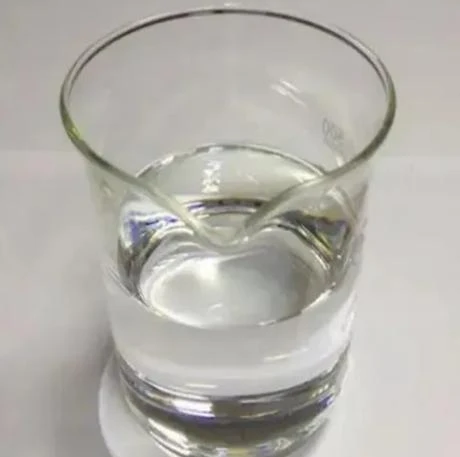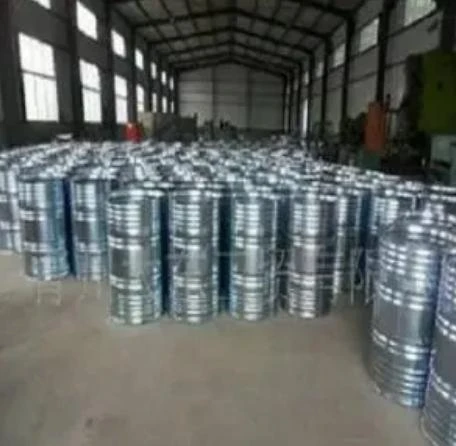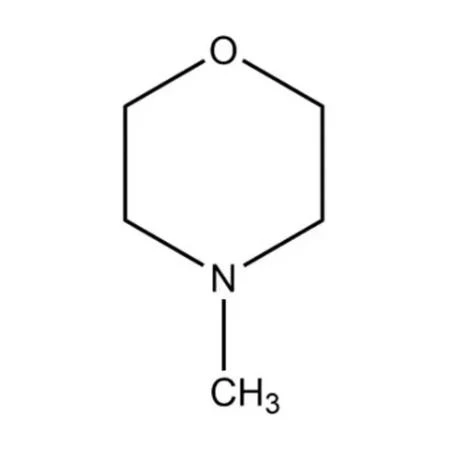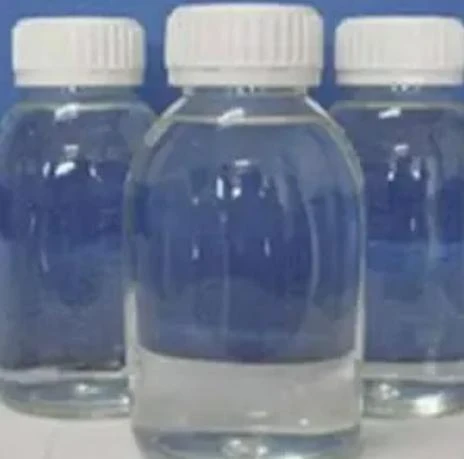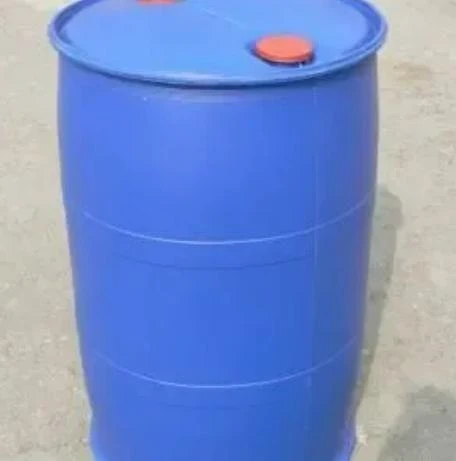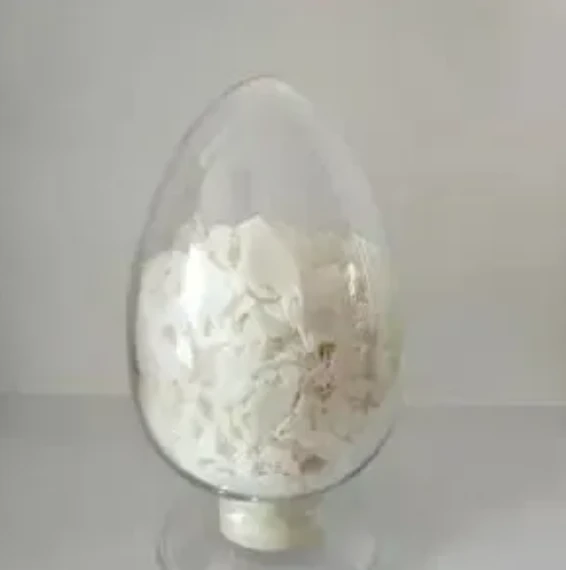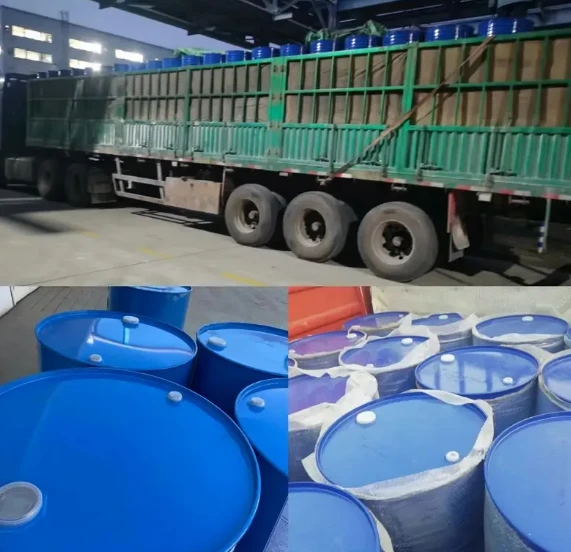Sodium Carboxymethyl Cellulose Versatile Applications Explained
- Introduction to Sodium Carboxymethyl Cellulose Properties
- Scientific Fundamentals and Molecular Structure
- Technical Advantages: Performance Data Analysis
- Manufacturer Comparison: Quality Specifications
- Industry-Specific Formulation Solutions
- Industrial Application Case Studies
- Sodium Carboxymethyl Cellulose Future Perspectives
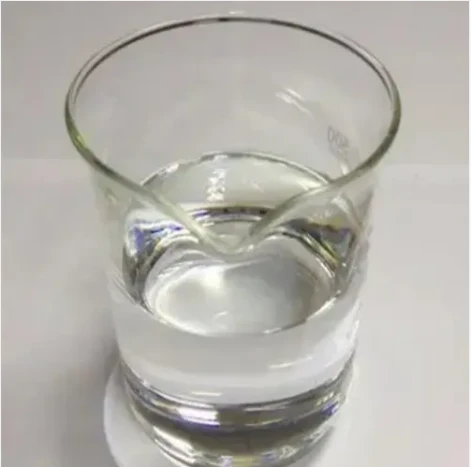
(cellulose sodium)
Understanding Sodium Carboxymethyl Cellulose Properties
Sodium carboxymethyl cellulose (NaCMC) represents a water-soluble cellulose derivative formed through alkali-catalyzed reactions. This anionic polymer exhibits exceptional thickening properties, with solutions achieving viscosities between 1,500–3,500 mPa·s at 1% concentration. Industries value its pseudoplastic behavior where viscosity decreases under shear stress—critical for pumping and processing operations. Regulatory approvals from FDA, EFSA, and JECFA ensure its pharmaceutical and food-grade applications. Unlike natural gums, NaCMC maintains functionality across pH 3–11, supporting diverse formulation needs from acidic beverages to alkaline detergents.
Scientific Fundamentals and Molecular Structure
The molecular backbone consists of β-(1→4)-D-glucopyranose units with carboxymethyl groups (–CH₂–COO⁻) substituted at hydroxyl positions. Degree of substitution (DS) controls solubility, with commercial grades ranging DS 0.65–1.4. Higher DS values enhance cold-water solubility, while DS below 0.4 yields insoluble products. Polymerization degree (DP) determines viscosity potential: low-DP grades (DP≤400) produce 20–50 mPa·s solutions, while high-DP versions (DP≥1,000) exceed 5,000 mPa·s. Crystallinity reduction during etherification enables uniform hydration—superior to unmodified cellulose which maintains rigid crystalline domains resisting dissolution.
Technical Advantages: Performance Data Analysis
Comparative studies demonstrate NaCMC's superiority in multiple domains. In pharmaceutical tablets, it achieves 30% faster disintegration than HPMC coatings. Food applications benefit from its synergy with xanthan gum, increasing emulsion stability by 40% versus standalone thickeners. Technical reports highlight salt tolerance up to 10% NaCl concentration without precipitation—unlike carrageenan which flocculates at 5% salinity. Thermal reversibility testing confirms 95% viscosity recovery after 3 freeze-thaw cycles, outperforming guar gum (72% recovery). Rheology profiles reveal yield stress values of 15–50 Pa, enabling suspension stabilization where cellulose gum concentrations exceed 0.8% w/v.
Manufacturer Comparison: Quality Specifications
| Manufacturer | Purity (%) | Moisture Content | Viscosity Range (mPa·s) | Key Applications |
|---|---|---|---|---|
| Ashland | 99.5 | <7% | 25–6,500 | Pharma, Food |
| CP Kelco | 98.8 | <8% | 50–5,000 | Food, Detergents |
| Daicel | 99.2 | <5% | 100–8,000 | Industrial, Cosmetics |
| Quimica Amtex | 97.5 | <10% | 300–4,000 | Textiles, Paper |
Industry leaders maintain tight ash content control below 0.5% for pharmaceutical grades versus technical grades tolerating 15% ash. Microbial specification variations exist with JP standards requiring <100 CFU/g versus USP <1,000 CFU/g for oral products.
Industry-Specific Formulation Solutions
Custom sodium carboxymethyl cellulose applications leverage tailored substitution patterns. Drilling mud formulations utilize medium-DS types (0.8–0.9) blended with 3–5% KCl for fluid-loss control under 15 mL/30min. Food manufacturers specify cold-soluble NaCMC with 15-minute hydration times versus standard 45-minute grades. In battery electrode manufacturing, specially purified grades with iron content below 5 ppm prevent electrochemical interference. Controlled particle size distributions (80% 80–200 mesh) enable direct compression in tableting, reducing pre-blending time by 70%. Detergent producers combine low-viscosity NaCMC (≤100 mPa·s) with surfactants at 0.2–0.5% loadings to suspend abrasive particles.
Industrial Application Case Studies
A multinational toothpaste manufacturer reduced phase separation by 90% after reformulating with NaCMC DS 1.2, creating stable humectant systems with 30% glycerol. Construction chemical trials demonstrated enhanced workability in cement mortars containing 0.2% medium-viscosity NaCMC, extending setting times by 40 minutes while improving compressive strength by 15% after 28-day curing. Water-based paints incorporating hydroxyethyl cellulose require 25% higher concentrations than NaCMC alternatives to achieve equivalent sag resistance. Biotechnology separations show NaCMC's recovery efficiency at 92% versus 80% for agarose in plasmid DNA purification. Textile printing with NaCMC thickeners enables sharper pattern definition, reducing dye migration by 70% compared to alginate-based systems.
Sodium Carboxymethyl Cellulose Future Perspectives
Emergent carboxymethyl cellulose sodium
applications address sustainability challenges. Novel solvent systems recover over 85% processing chemicals during manufacturing, reducing environmental impact versus traditional methods. Biomedical researchers develop oxidation-responsive NaCMC derivatives that degrade under reactive oxygen species, showing 95% drug release within target sites. Composite films incorporating cellulose sodium with chitosan demonstrate 300% higher tensile strength than pure polymer films for packaging. Market analysis predicts 6.2% CAGR through 2028, driven by pharmaceutical excipient demand where sodium carboxymethyl cellulose use enhances bioavailability in poorly-soluble APIs. Industry-academia collaborations aim to optimize production for low-cost water purification membranes targeting emerging economies.
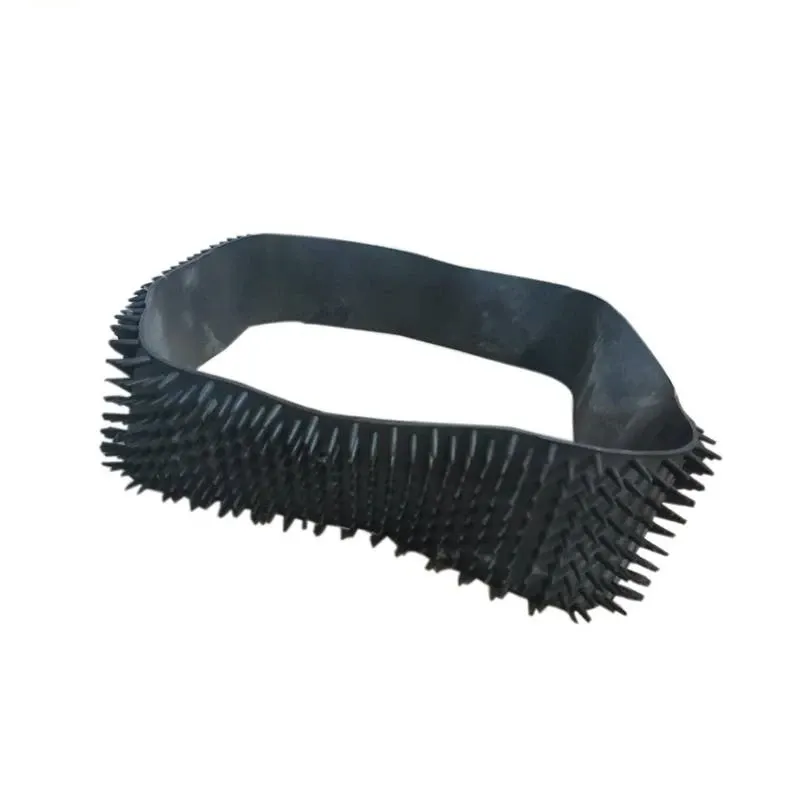
(cellulose sodium)
FAQS on cellulose sodium
Q: What is sodium carboxymethyl cellulose?
A: Sodium carboxymethyl cellulose (CMC) is a water-soluble cellulose derivative created by chemically modifying natural cellulose. It functions primarily as a thickening, stabilizing, and binding agent across industries. This compound is frequently used in food, pharmaceuticals, and personal care products.
Q: What is sodium carboxymethyl cellulose used for?
A: Sodium carboxymethyl cellulose serves as a versatile thickener, stabilizer, and emulsifier. Key applications include improving texture in food products like ice cream, binding tablets in pharmaceuticals, and enhancing viscosity in cosmetics. It also aids in detergents and paper manufacturing for moisture retention.
Q: What is the fungsi of sodium carboxymethyl cellulose in products?
A: The fungsi (function) of sodium carboxymethyl cellulose revolves around modifying texture and consistency. It prevents ingredient separation, improves shelf stability, and controls flow properties. This makes it essential for sauces, lotions, and medications needing uniform quality.
Q: Why is carboxymethyl cellulose sodium used in food?
A: Carboxymethyl cellulose sodium is added to food for viscosity control and moisture retention. It creates smooth textures in baked goods, dairy, and beverages while inhibiting crystallization. Importantly, it acts as a fat replacer in low-calorie products without altering flavor.
Q: Is carboxymethyl cellulose sodium safe for industrial use?
A: Yes, carboxymethyl cellulose sodium is generally recognized as safe (GRAS) by regulatory bodies when used appropriately. Industrial applications leverage its non-toxic nature for water-based adhesives, textile sizing, and drilling fluids. Rigorous purity standards ensure compatibility with manufacturing processes.
Post time: জুন . 08, 2025 23:14











